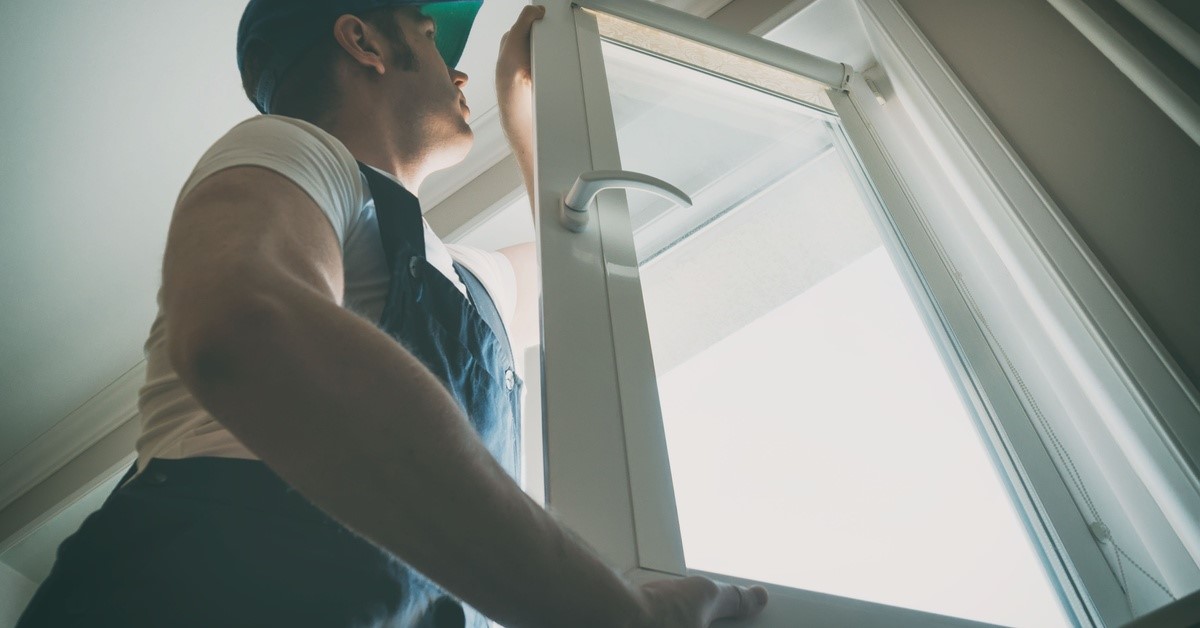
Older homes boast unique charm and character with their intricate woodwork and classic architectural styles. However, time leaves its mark, and many of these charming residences come with outdated features that waste energy, create drafts, and drive up monthly utility expenses. These structural details deserve preservation.
Fortunately, with smart remodeling choices, homeowners living in older properties can significantly increase comfort, lower bills, and promote long-term sustainability while maintaining their home’s character.
Targeted energy-efficient upgrades transform a drafty house into a cozy, efficient place to live. Improving energy performance doesn’t always require costly or complicated renovations. Many impactful changes cost less than homeowners assume and pay off in savings, comfort, and resale value.
There are several energy-efficient remodeling ideas for older homes that can transform your property into a comfortable place to live. Prioritize the projects that’ll deliver the best results, from sealing air leaks to installing new appliances.
Conduct a Home Energy Audit
Before beginning a renovation, it’s valuable to understand where the home uses and loses the most energy. Enlist a certified energy professional to inspect your property, check for trouble spots with advanced tools, and create a detailed report outlining inefficiencies. Techniques like blower door tests and infrared cameras accurately detect subtle leaks or insulation gaps.
The detailed audit will help you prioritize various renovation tasks. Maybe the attic insulation doesn’t meet today’s standards, or old doors allow cold drafts in winter. An audit tells you which fixes will deliver immediate results that ultimately save you money and improve your daily comfort.
If a professional audit isn’t feasible, conduct a simplified version yourself. On windy days, feel along the edges of windows and doors. Check for unstable temperatures near the walls and vents.
Examine insulation levels in visible areas such as attics and crawl spaces. This DIY process, while not as precise as a professional evaluation, helps direct your early efforts where they matter most.
Seal Air Leaks
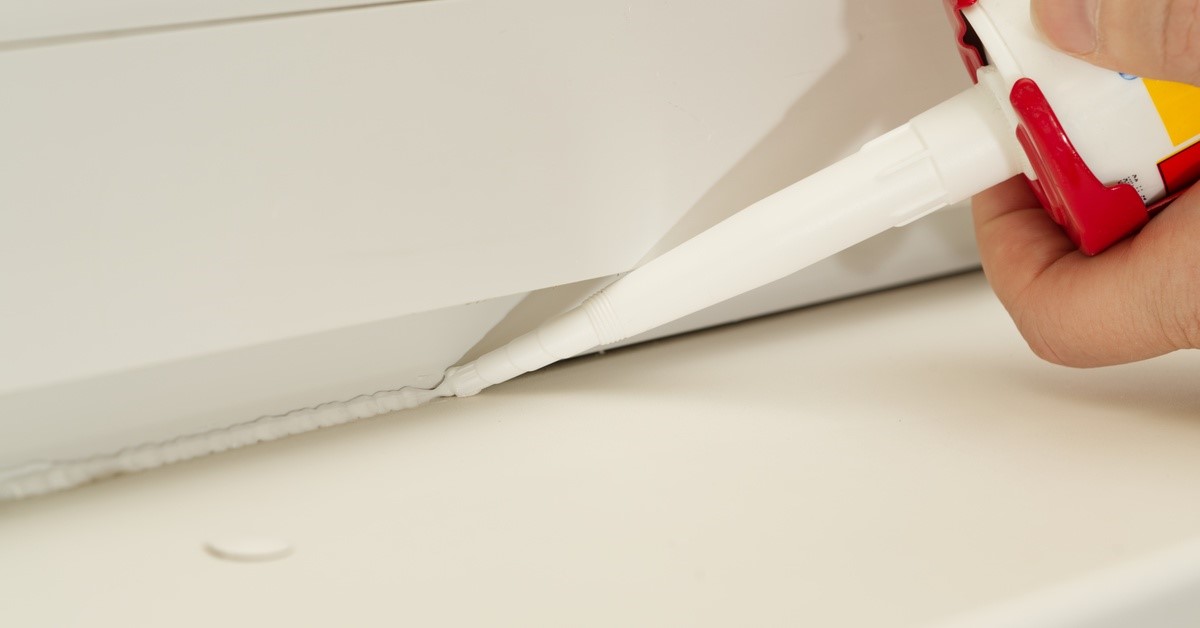
Sealing air leaks remains one of the fastest and most affordable ways to boost energy efficiency in older homes. Unsealed gaps around windows, doors, electrical outlets, and even foundations let precious heated or cooled air escape, forcing HVAC systems to work overtime. Drafts reduce comfort and take a toll on energy bills.
A professional can apply high-quality caulk where window frames meet siding and where pipes or wires enter the home. They can augment this with weatherstripping along the edges of exterior doors and at meeting rails on operable windows.
Address attic hatches and baseboards, two areas often missed but responsible for substantial heat loss or gain. Focus on sealing the attic and basement, where temperature exchange tends to be greatest. After sealing, you’ll notice a marked reduction in cold spots and a more comfortable indoor environment.
Improve Insulation
Once you have leaks under control, move to insulation. Many older homes have insufficient or settled insulation that no longer works.
Upgrading insulation creates a thermal barrier that protects your home from scorching summer days and freezing winter nights. Attics offer an especially good return on investment, as large volumes of air pass through under-insulated roof spaces.
Upgrade Attic Insulation
Attics contribute more to heat loss than any other part of your home. Begin by sealing all penetrations in the attic floor, including areas around recessed lights, pipes, and exhaust fans.
Once you take care of air leaks, lay or blow in new insulation on top of what’s already there. In climates like North Carolina, proper attic insulation not only keeps heat in during winter, but it also prevents attic heat buildup on sunny days, keeping living spaces comfortable year-round.
Insulate Walls and Floors
Walls in older homes might be completely uninsulated or filled with outdated materials. Blown-in cellulose or loose-fill insulation works well for closed wall cavities and requires minimal interruption to finished surfaces.
If you remodel and open walls, consider these opportunities to add modern fiberglass batts or spray foam. Don’t neglect floors above unconditioned basements, crawl spaces, or garages. Insulation in these areas helps create a consistent building envelope and shields you from cold floors in winter.
Upgrade to High-Performance Windows
Windows contribute to a substantial amount of heat gain and loss in any home. Many older homes still feature original single-pane wood windows or those built with minimal insulation.
Leaky sashes, cracked panes, and ill-fitting frames invite drafts and force heating and cooling systems to compensate for temperature swings. Replacing windows constitutes a major renovation, but it’s an effective energy-efficient remodeling idea for older homes.
Energy-efficient windows come with double or triple glazing, inert gas fills, advanced frame materials, and invisible low-emissivity coatings that reflect heat while allowing light inside. This combination maintains comfortable indoor temperatures, reduces condensation, and quiets outside noise. Quality windows help retain warmth in winter and block unwanted heat during North Carolina’s humid summers.
Install Custom Windows
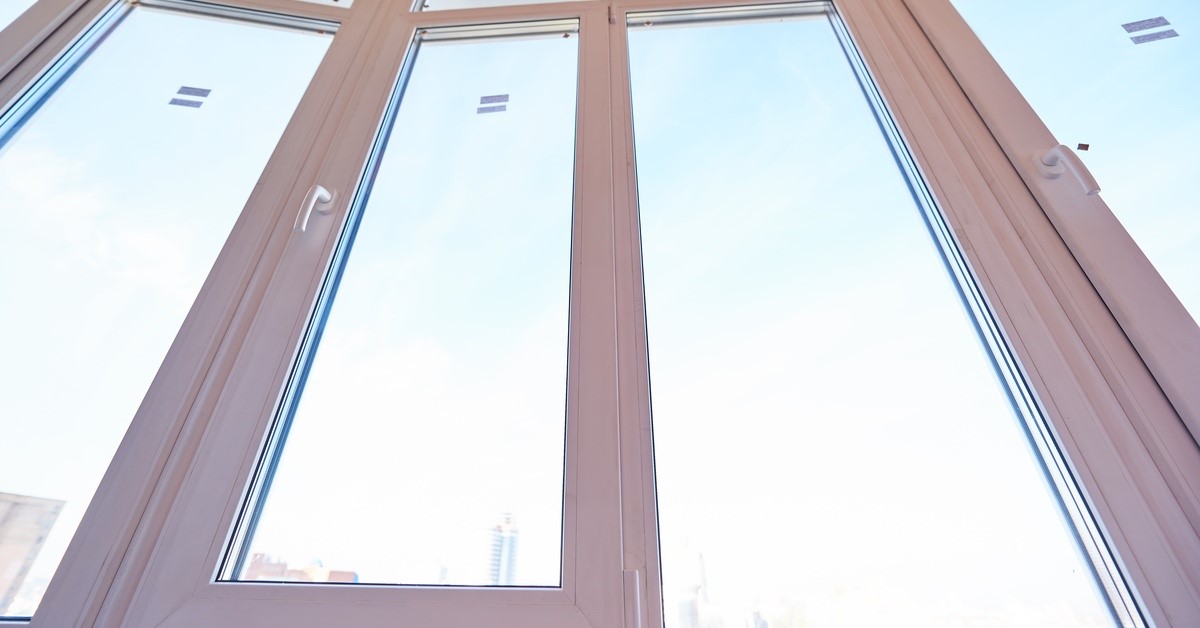
When you need to install custom windows in Winston-Salem, NC, look no further than Reece Builders. Our team members have extensive knowledge of the state’s climate and decades of service to this area. We install windows that fit each home’s unique measurements and architectural style, making sure that the insulation offers the high performance needed in the area.
Modernize Your HVAC System and Appliances
A home’s heating, ventilation, and air conditioning system typically accounts for the largest share of utility spending. Outdated furnaces and air conditioners run longer, cycle inefficiently, and strain to keep up with household demands.
If the HVAC equipment is ten years old or more, consider a high-efficiency replacement. Choose a properly sized unit to match your home’s needs. An HVAC contractor can perform a load calculation based on square footage, window count, insulation, and regional weather.
Modern programmable thermostats use daily schedules and remote access via smartphones to automatically fine-tune temperatures throughout the day. With a smart thermostat, you adjust heating and cooling to match your lifestyle, helping you save more when nobody’s home or everyone is asleep.
Your home’s appliances also affect overall efficiency. Upgrade kitchen and laundry machines to ENERGY STAR-certified models. These appliances consume less energy and water than standard units.
An efficient refrigerator, dishwasher, or washing machine shaves dollars off utility bills year after year. Even lighting upgrades, like swapping out old bulbs for LED alternatives, reduce power usage while providing excellent illumination.
Embrace Sustainability in Every Corner
Energy-efficient remodeling in older homes brings out the best of both worlds: a home that preserves its history while delivering modern comfort and savings. Begin your journey with a thorough energy assessment and follow up with strategic improvements that pay you back through lower bills and improved livability. Then, you can enjoy a house that’s as efficient and comfortable as it is timeless.
Subscribe to Reece Builders's Blog


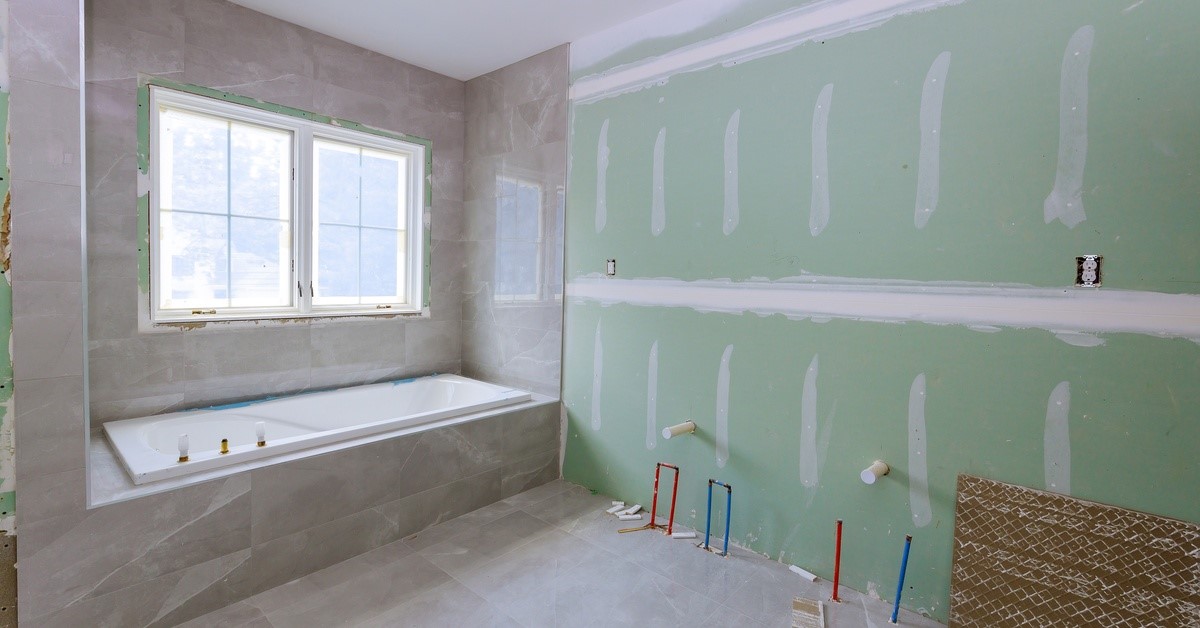
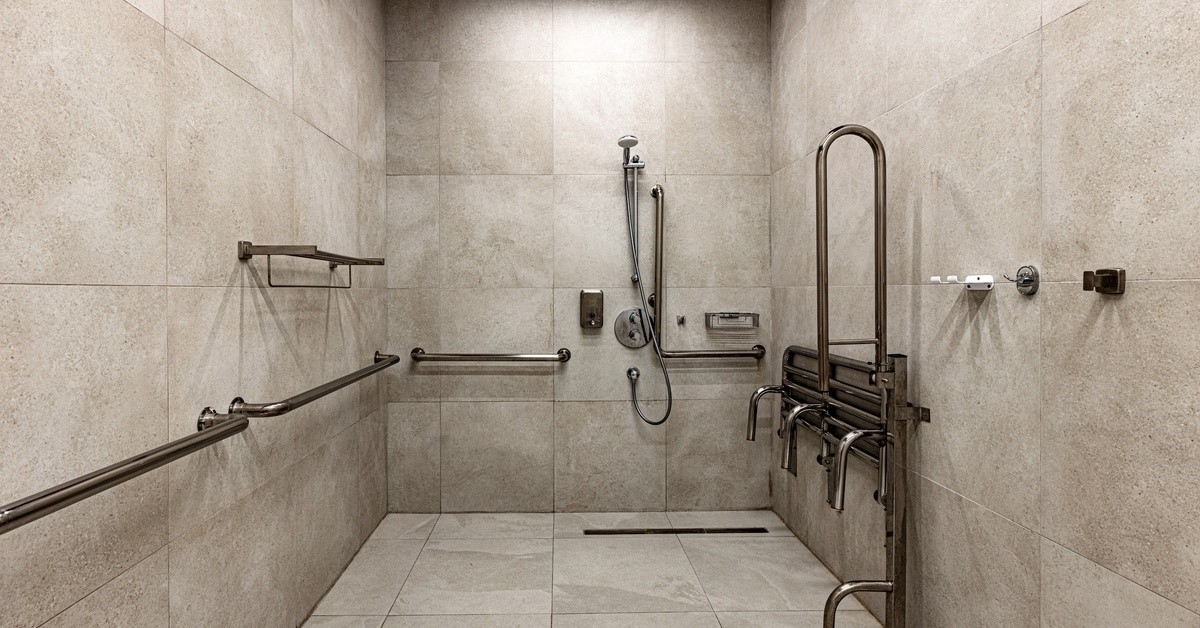
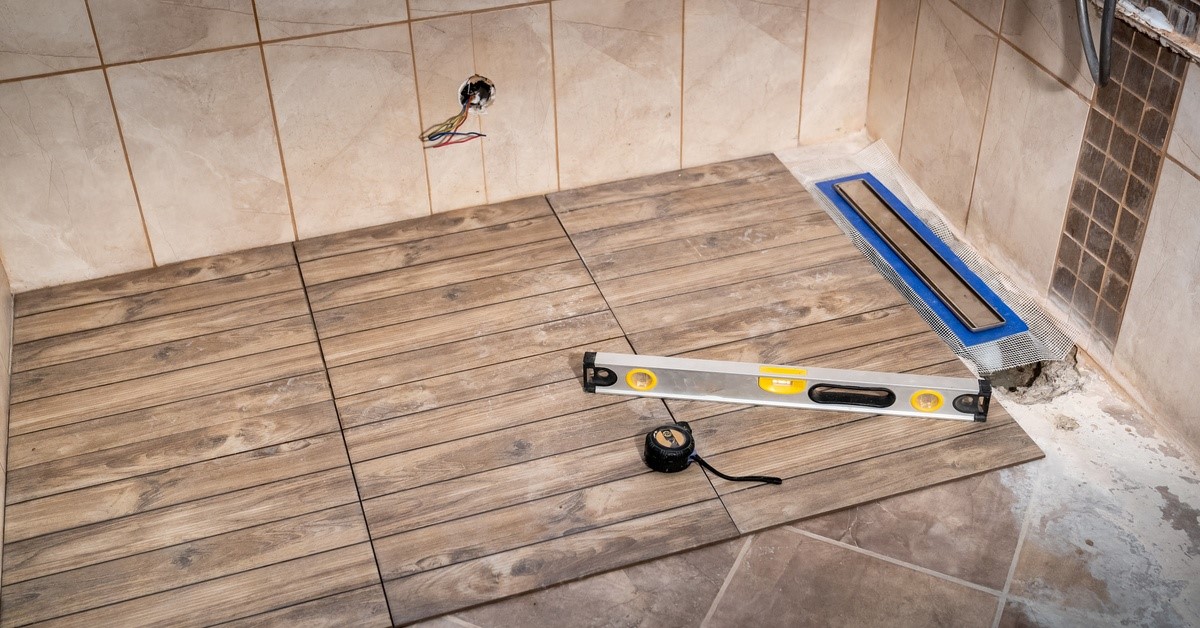
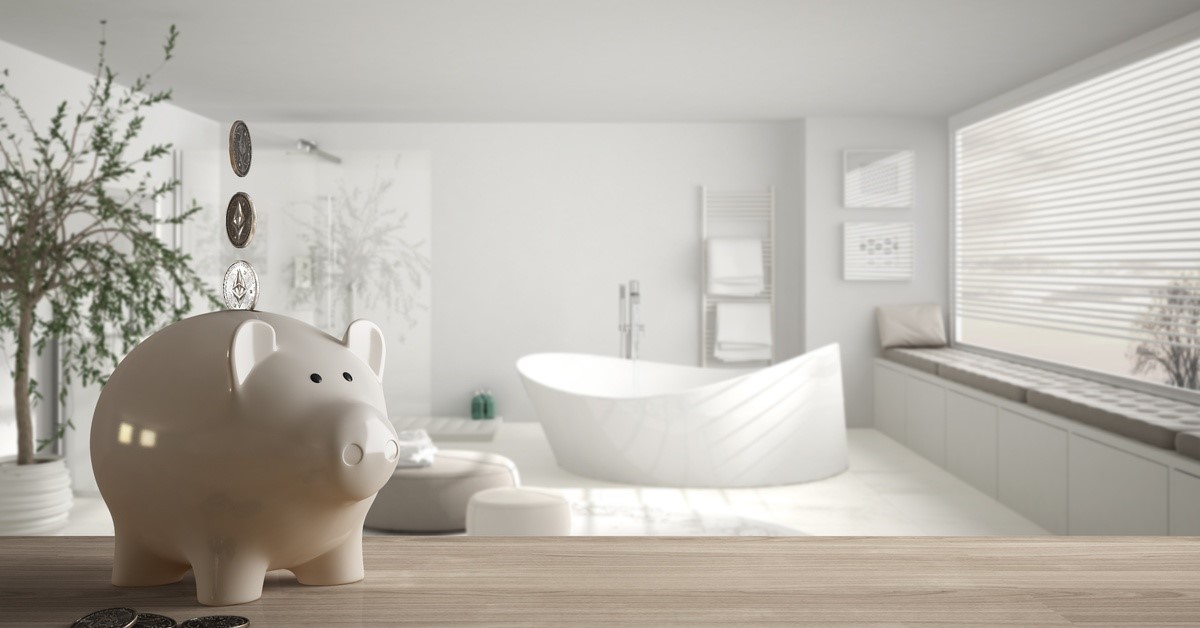
Comments